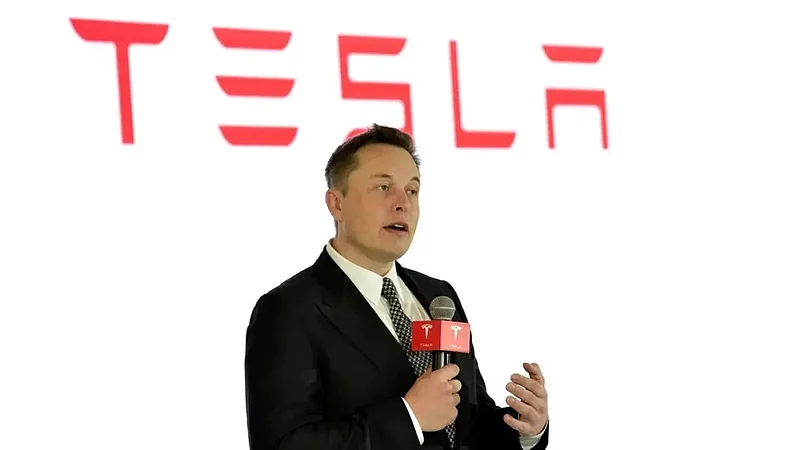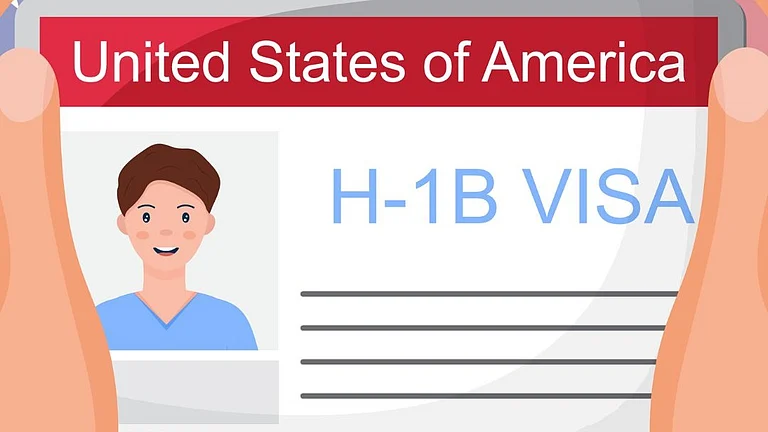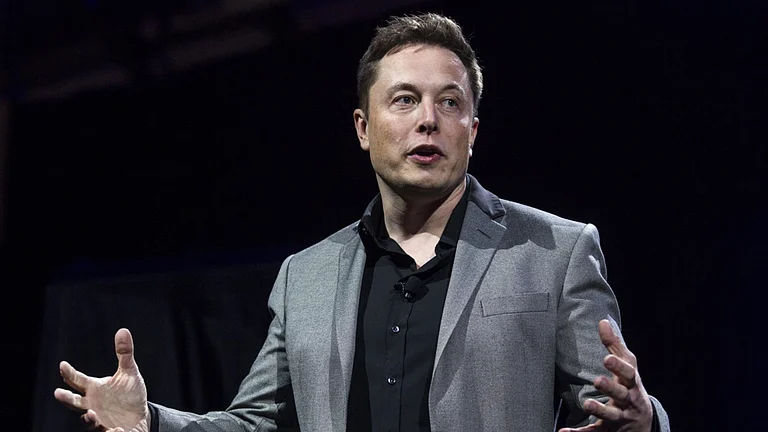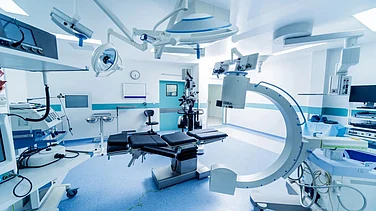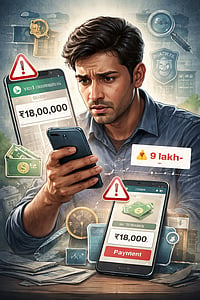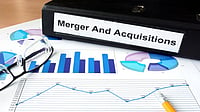
A Florida jury found Tesla partially responsible for a 2019 fatal crash involving its Autopilot system.
The company was fined $243 million in damages for the death of Naibel Benavides Leon and the injuries to her boyfriend.
In 2024, the National Highway Traffic Safety Administration (NHTSA) identified critical flaws in Tesla's Autopilot system.
NHTSA linked Tesla's driver-assistance technology to 467 crashes, 13 of which were fatal.
A federal jury in the US state of Florida found Tesla partially responsible for a 2019 crash that resulted in the death of a pedestrian and severe injuries to another person while the car was operating in Autopilot mode.
The jury awarded the plaintiffs, the family of the crash victim, $43 million in compensatory damages for pain and suffering and an additional $200 million in punitive damages to discourage similar future conduct by Tesla.
The incident, which occurred in the Florida Keys, south of Miami, involved a Tesla Model S sedan with Autopilot features designed to assist the driver on the road. In 2019, driver George McGee crashed at a T-intersection, slamming into a parked SUV, killing 20-year-old Naibel Benavides Leon, who was standing next to the SUV, and injuring her boyfriend, Dillon Angulo.
Leon's family and Angulo, who filed the case against Tesla and McGee, claimed that Tesla oversold the capabilities of Autopilot, leading the driver of the Model S to take his eyes off the road. At the time of the crash, the car was traveling at 62 miles per hour, as lawyers showed during the trial.
However, neither the driver nor the Autopilot system reacted in time to prevent the collision at the intersection.
According to the jury's verdict on Friday, one-third of the blame was assigned to Tesla, and two-thirds to the driver, who was distracted by his phone at the time. The driver is facing a separate lawsuit, though the one filed by the victim's family against him has been settled.
During the trial, driver George McGee testified that he believed Autopilot had failed him in the crash. "My concept was it would assist me should I have a failure or should I miss something, should I make a mistake — that the car would be able to help me. And in that case, I do feel like it failed me," he said.
In his closing argument, the plaintiffs' lawyer directly placed blame on Tesla CEO Elon Musk, stating, "It is Tesla’s CEO who created an expectation among consumers that Autopilot can perform beyond its limitations." He went on to argue that while Tesla hyped its driver-assistance technology, it remained unproven, adding, "We are here because Dillon Angulo and Naibel Benavides were part of a beta test they never signed up for."
Tesla's lawyer, Joel Smith, countered in his closing remarks, asserting that the driver, not the vehicle's software, was responsible for the crash. "Can it happen in any car? Of course it can. Does it happen in any car? Of course it does," Smith stated. He further emphasized that McGee had navigated the same intersection safely "30 to 40 times previously," adding, "The only thing that changed was the driver’s behavior."
Although Musk did not appear in the Miami federal courtroom during the three-week trial, he later took to social media, stating that Tesla "will appeal" the decision.
Tesla, in a separate statement, said, "Today’s verdict is wrong and only works to set back automotive safety and jeopardize Tesla’s and the entire industry’s efforts to develop and implement life-saving technology. We plan to appeal, given the substantial errors of law and irregularities at trial. To be clear, no car in 2019, and none today, would have prevented this crash. This was never about Autopilot; it was a fiction concocted by plaintiffs' lawyers blaming the car when the driver – from day one – admitted and accepted responsibility."
The company is placing all the blame on the driver, who has admitted that he was distracted by his cellphone. It keeps reminding that the driver-assist system, "Autopilot," comes with a disclaimer stating that drivers must keep their hands on the steering wheel, as it is not autonomous.
What This Verdict Means
The final verdict in the case will be issued by Judge Beth Bloom, who has said she will accept the jury's verdict and issue an order accordingly.
A lawyer told the Associated Press, "This (verdict) will open the floodgates. It will embolden a lot of people to come to court."
This is the first time a case against Tesla's Autopilot system has reached a verdict. Earlier cases were either settled or dismissed. In 2024, a US federal regulator identified a "critical safety gap" in Tesla's Autopilot system, contributing to at least 467 crashes, 13 of which were fatal, and many others resulting in serious injuries.
The findings came from a National Highway Traffic Safety Administration (NHTSA) analysis of 956 crashes involving Autopilot, which revealed that the system's design led to "foreseeable misuse and avoidable crashes." The NHTSA report pointed out a weak driver engagement system that failed to ensure drivers stayed attentive, as Autopilot remained active even when the driver wasn’t paying attention. The report also discussed inadequate prompts and in-cabin cameras meant to monitor driver attention.
In the current case, Tesla consistently told the court that the footage from the crashed car was unavailable. However, a forensic expert hired by the plaintiffs discovered the exact data Tesla had claimed was missing, proving the company had it all along. In response, Tesla stated it had made an honest mistake. The victim’s lawyers accused Tesla of concealing or mishandling crucial evidence, including video and data captured moments before the crash.
Additionally, NHTSA opened a new probe into the effectiveness of a software update Tesla issued in December as part of a recall for Autopilot defects. Despite this recall, which covered 2 million vehicles, NHTSA suggested the update may have been insufficient, as more Autopilot-related crashes continue to be reported.
The Miami case verdict comes just about a month after Tesla's robotaxis debuted in Austin, Texas, marking the first road test of the long-anticipated vehicles. A small fleet of Tesla cars, equipped with a "robotaxi" logo, took invited analysts, influencers, and shareholders on paid rides, with a human safety operator present in each vehicle.
Elon Musk celebrated the milestone on X, calling it the culmination of "a decade of hard work" from Tesla's AI and chip design teams. The fleet did not include the Cybercab, Tesla’s futuristic driverless taxi, but existing Tesla models were used instead. While the launch was modest, analysts noted Tesla’s potential to compete by leveraging its vast vehicle data, production volume, and camera-based self-driving technology.






